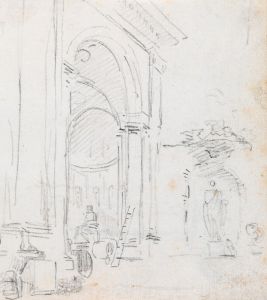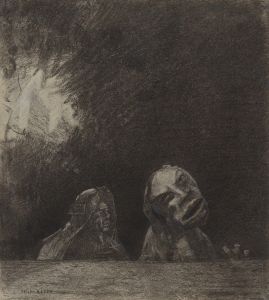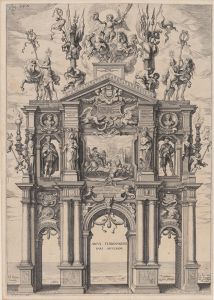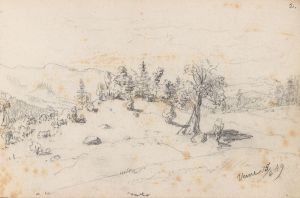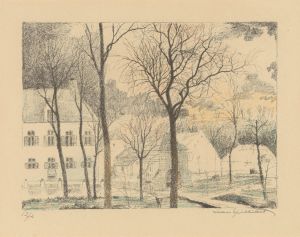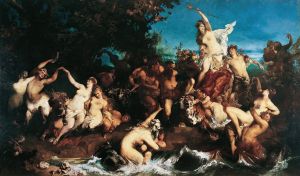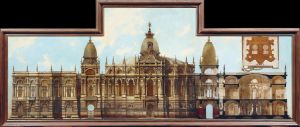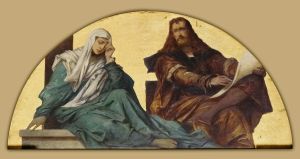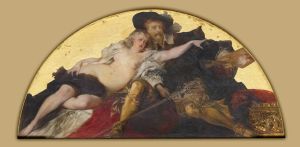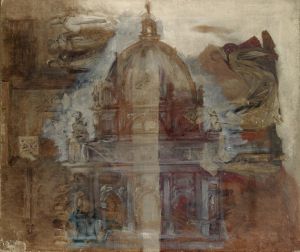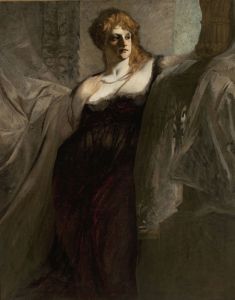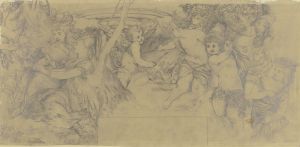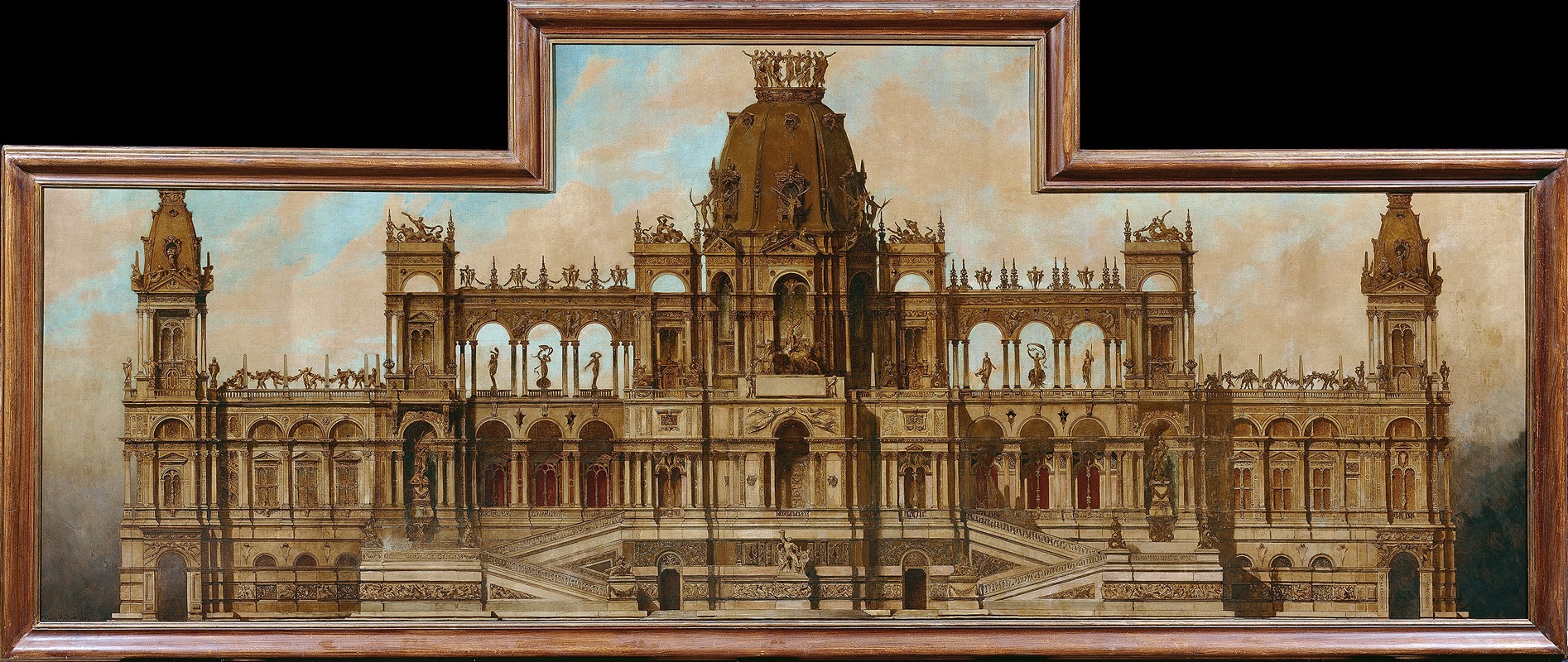
Entwurf für einen Palast; Fassade
A hand-painted replica of Hans Makart’s masterpiece Entwurf für einen Palast; Fassade, meticulously crafted by professional artists to capture the true essence of the original. Each piece is created with museum-quality canvas and rare mineral pigments, carefully painted by experienced artists with delicate brushstrokes and rich, layered colors to perfectly recreate the texture of the original artwork. Unlike machine-printed reproductions, this hand-painted version brings the painting to life, infused with the artist’s emotions and skill in every stroke. Whether for personal collection or home decoration, it instantly elevates the artistic atmosphere of any space.
Hans Makart's Entwurf für einen Palast; Fassade (translated as Design for a Palace; Facade) is a work by the Austrian painter Hans Makart (1840–1884), who was renowned for his contributions to the historicist style of the 19th century. Makart was a central figure in the Viennese art scene during the late 19th century and was celebrated for his grandiose and theatrical compositions, which often combined elements of history, mythology, and allegory.
This particular work, Entwurf für einen Palast; Fassade, is a design sketch or architectural rendering that reflects Makart's interest in integrating art and architecture. While primarily known as a painter, Makart also explored other artistic disciplines, including interior and architectural design. The piece is believed to represent his vision for the facade of a palace, showcasing his flair for opulence and his ability to blend artistic and architectural elements harmoniously.
The design emphasizes symmetry, grandeur, and decorative richness, which were hallmarks of Makart's aesthetic. It likely incorporates classical architectural motifs, such as columns, arches, and ornamental details, reflecting the historicist tendencies of the period. Makart's work often drew inspiration from the Baroque and Renaissance eras, and this influence is evident in his architectural designs as well.
Makart's architectural sketches, including Entwurf für einen Palast; Fassade, were not necessarily intended for actual construction but rather served as artistic exercises or conceptual explorations. They demonstrate his ability to envision spaces that were as visually striking as his paintings. These designs also align with the Gesamtkunstwerk (total work of art) ideal, which sought to unify various art forms into a cohesive whole.
The exact date of creation for Entwurf für einen Palast; Fassade is not definitively documented, but it is consistent with Makart's active period in Vienna during the 1870s and early 1880s. The work is typically categorized as a drawing or sketch, and it provides insight into Makart's creative process and his broader artistic ambitions.
Today, Entwurf für einen Palast; Fassade is recognized as part of Makart's diverse body of work, which continues to be studied for its impact on 19th-century art and design. The piece is an example of how Makart's artistic vision extended beyond traditional painting, influencing the decorative arts and architectural aesthetics of his time.





